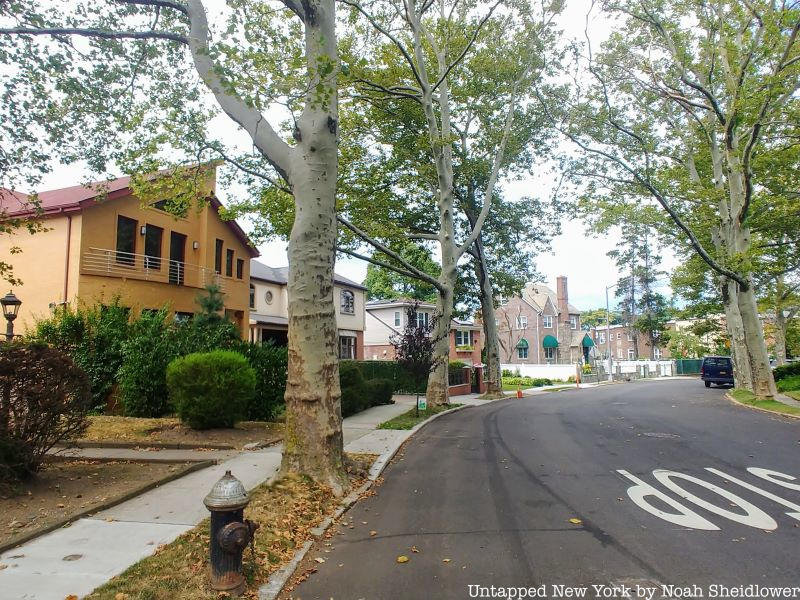
Rego Park, Queens, is bordered by Elmhurst, Corona, and Forest Hills. The neighborhood is mainly residential, with dozens of businesses around Queens Boulevard and 63rd Drive. Apartment complexes such as LeFrak City have contributed to the development of business in the neighborhood, which has maintained many of its historic sites from the 1920s and 1930s. Rego Park is known for its large Jewish community, particularly Bukharan Jews from present-day Uzbekistan, as reflected in the wide selection of Central Asian restaurants and shops. Here are our top 10 secrets of Rego Park!
1. Rego Park is named after the Real Good Construction Company

The Real Good Construction Company first bought farms in the area south of Queens Boulevard in the 1920s, constructing homes and apartments on the land. Each eight-room home cost just $8,000, and the construction company built 525 of them in total. These detached wooden homes were built throughout the country as well. Each had a 12-by-8-foot front lawn with elaborate entryways, some resembling castles. Real Good created six crescent-shaped streets (they could not be circles due to the Rockaway Branch interfering) called Asquith, Boelsen, Cromwell, Dieterle, Elwell, and Fitchett, which were coined to sound aristocratic and attract wealthier people.
The name Rego Park is a shortened version of Real Good to honor the growth the homes spurred. By 1926, stores began to pop up around Queens Boulevard and 63rd Drive, the two main roads in the neighborhood today. More apartment buildings were constructed in the late 1920s, and the Independent Subway System opened eight stations in the area. Some of these original homes still stand today, though many have been torn down in place of newer homes.









